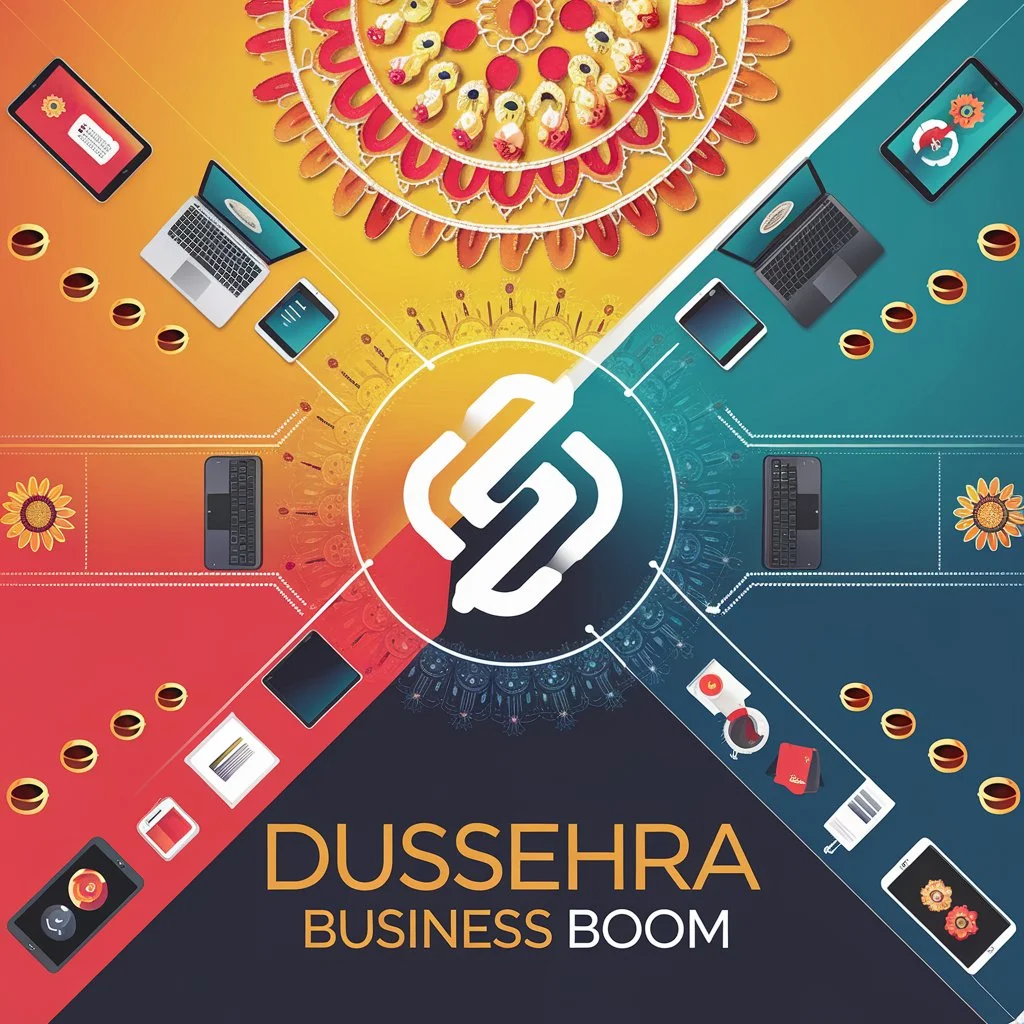Promozione Branding Pvt. Ltd. – Where Growth is Guaranteed
100% Guaranteed Digital Success – No False Promises, Only Real Results
Promozione Branding Pvt. Ltd. is India's #1 SME-Focused
Digital Growth Agency delivering 100%
Guaranteed SEO Rankings, CGI Ads, Growth Marketing (GRO),
and Branding Solutions – all under one roof.
We believe Small and Medium Enterprises (SMEs)
deserve the same attention and digital growth
as big brands without breaking the bank.
WLet’s transform your brand into a market leader
in just 6 months – No False Promises, Only Real Results!
GET IN TOUCH













